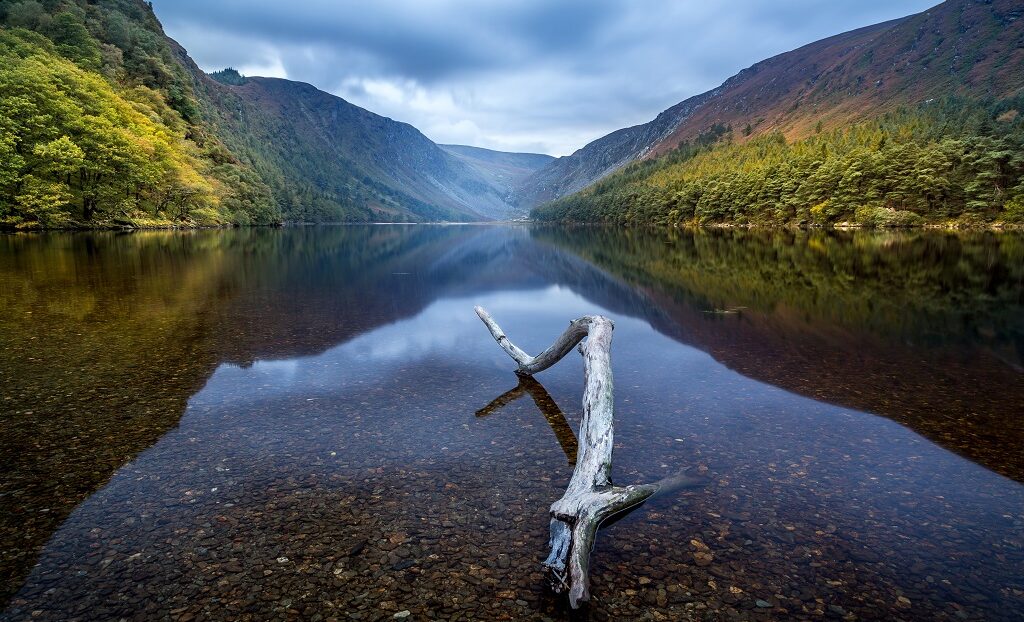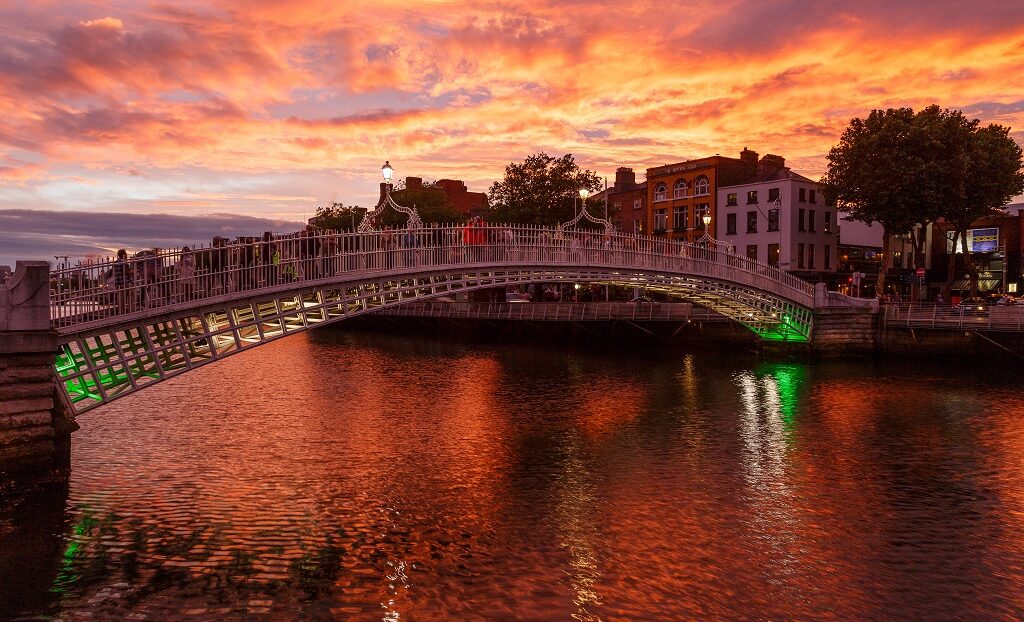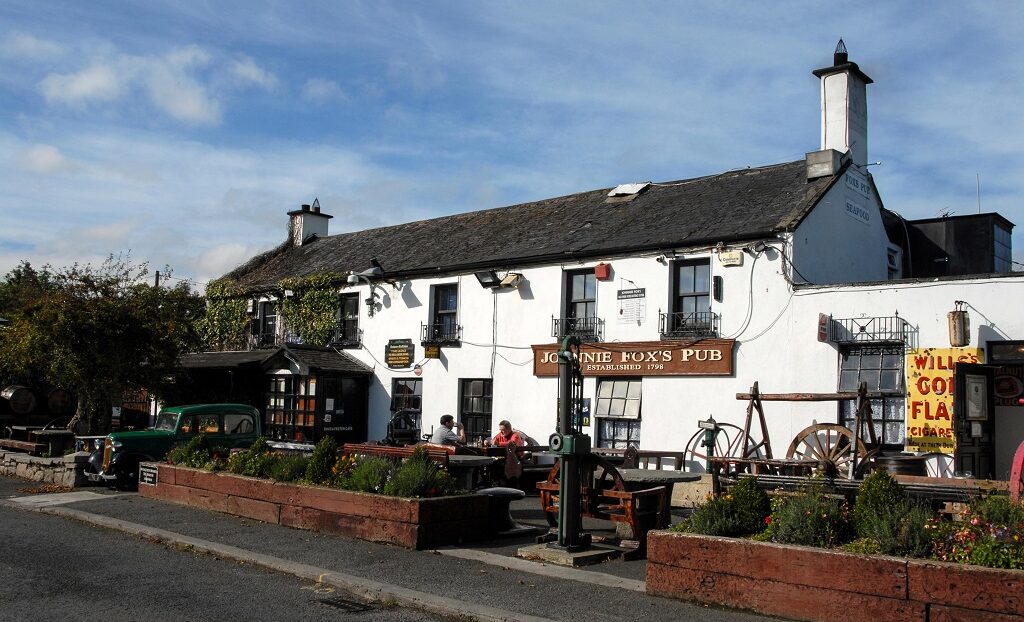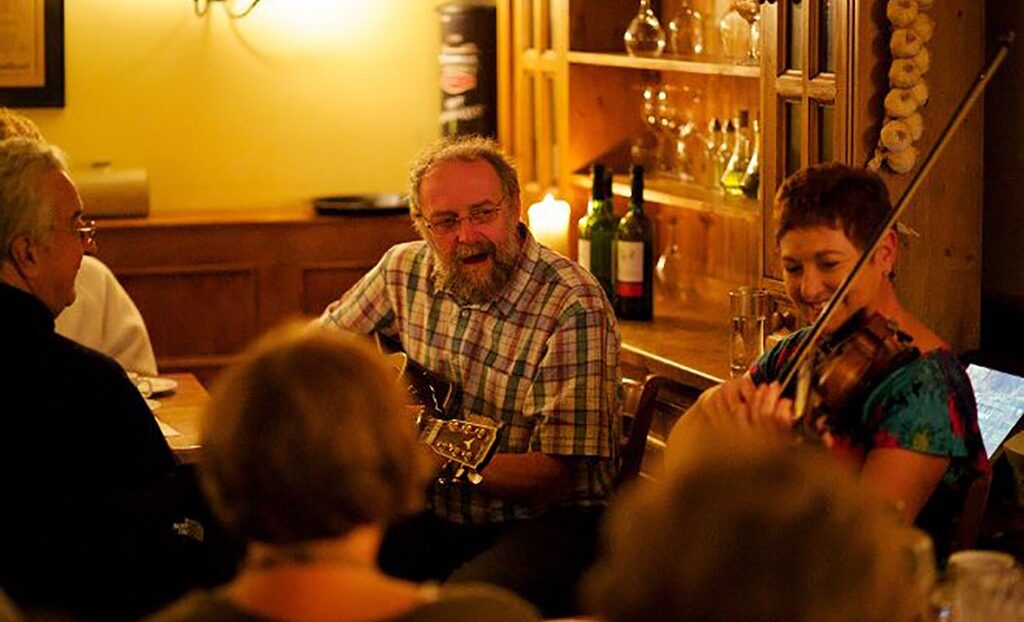Traditional pubs and tales as old as time will make a dram of whiskey in Leinster a particularly merry and memorable one
MORE FROM SCOTLAND MAGAZINE
In a pub dating back to the Middle Ages, in a part of Dublin built over the bones of early Viking settlers, Johnny Daly is telling stories even older than the city itself.
The tale of Balor, for example, a mythical giant and tyrant with a single evil eye that destroyed whatever, or whomever, it glared at. He was finally killed, as prophesied, by his own grandson Lugh, who blasted the eye out the back of his head with a slingshot, thus turning its dreadful power against Balor’s rearward army of Fomorians.
Perhaps a metaphor for a crop-destroying drought or blight, that legend has been passed down from the ancient tribes of Laen-Tir, or Leinster, as this eastern province of Ireland is now known.

Daly traces his own bloodline to the bards and poets, or seanchaí, who recorded and transmitted the culture of those bygone Celts by way of mouth and memory. Seven nights a week (two in January and February) his Irish Folk Tours occupy a back room at The Brazen Head. It’s Dublin’s oldest pub, supposedly established in 1198, though the tour will soon move to a bigger home base at O’Shea’s on Talbot Street. Daly and team draw capacity crowds of 50 or so, the majority of them visiting Irish-Americans, to hear their ancestors’ fables put into context.

Between tales, Daly explains how fairy lore and underworld beliefs prevailed so long here at the far edge of Europe because the Christian church arrived so late. “I think a lot of people come to Ireland looking for something mystical, which can actually be quite hard to find,” he says. “But it’s still there in the stories. They can put the listener into a kind of trance. This is the oldest form of entertainment, and it triggers quite primal emotions.”
We Irish seem to have inherited a particular knack for it, says Daly. “Go to any pub, and you’ll see and hear it all around you. All of us are storytellers, it’s ingrained in us.” And speaking of grain, we also know that a little whiskey can make those stories easier to swallow.
This very area, The Liberties, used to form a so-called ‘Golden Triangle’ of 19th-century whiskey companies. They’re all gone now, even Jamesons, which has long since moved to far-off Cork, though its old Bow Street plant, just across the River Liffey, remains a popular tourist attraction. But new distilleries have been popping up around here lately, the flashiest being Roe & Co, a whiskey-making annex of the incredibly popular Guinness Storehouse at St James’s Gate.

Just up the street, inside the former St James’s Church, a couple of copper pot stills were recently installed beneath the stained glass windows by Doctor Pearse Lyons, an actual professor of yeast and fermentation. Lyons picked a distinctive site to produce a small-batch boutique whiskey – a Victorian-era gothic chapel on a medieval burial site.
Nine of his own relatives, including his great-great-grandfather, had been laid to rest in the adjoining graveyard, along with prominent barrister and politician Sir Toby Butler, British war hero John Lucas, and celebrated local brothel-keeper Peg Plunkett. Then Lyons himself died in 2018, just as his new distillery was opening to the public.
“This was his dream,” says general manager Tracey Flinter of her late boss. “And nothing was impossible with Pearse.” He was, she says, a natural storyteller, and envisioned the place as “part of a narrative.” So, he hired traditional seanchaí to give tours of the facility, that would say as much about the history of these grounds, and the lives of those characters lying beneath, as about the maturation process going on in the brewhouse. The resulting range of whiskies, from a five-year-old blend to a 12-year-old Founder’s Choice single malt, are available at select hostelries nearby, like The Brazen Head, and a few further outside the Dublin city pub circuit.
The province of Leinster ranges way beyond the capital, of course, and deep into the Irish countryside. Out there are pubs in small towns and hillside villages, in isolated valley farmhouses and waterfront fishing huts. Shane O’Donoghue, the owner and operator of Rural Pub Tours, has literally made it his business to show visitors some of his favourites. He loads them into a minibus and drives way out of town, into neighbouring County Wicklow, to act as designated driver while they drink, eat, and sometimes even dance at venues like Johnnie Fox’s.
Claimed to be the highest pub in Ireland, Johnnie Fox’s is a sprawling thatched cottage on the flank of Two Rock Mountain, where a casual bystander may be hauled onstage to join the professional Irish folk dancers who perform their Hooley Nights amid two centuries of accumulated clutter: old tractor parts, dented vintage signage, the ashes of an Irish-American whose dying wish was to be interred within these walls. Over the sound of fiddles and flying feet, Shane encourages his customers to mingle among the regulars, to share jokes and tell amusing lies about themselves.

“You’ll meet the friendliest, nosiest people in the world here,” he says. “And you’ll probably never see them again.” En route to the next stop, over 200-year-old military roads built by the British Army to help them hunt rebels in these hills, Shane explains that “business is not what it was.” The rural bar trade in particular has been impacted by the smoking ban, rising excise taxes on alcohol, and a general decline in pub-going as an organising principle of Irish social life.
This is an extract from Ireland’s Best 2020, an annual guide to Irish travel produced by the makers of Scotland magazine. You can buy the 116-page guide from £9.95, here.
MORE FROM SCOTLAND MAGAZINE

SCOTLAND MAGAZINE
Published six times a year, every issue of Scotland showcases its stunning landscapes and natural beauty, and delves deep into Scottish history. From mysterious clans and famous Scots (both past and present), to the hidden histories of the country’s greatest castles and houses, Scotland‘s pages brim with the soul and secrets of the country.
Scotland magazine captures the spirit of this wild and wonderful nation, explores its history and heritage and recommends great places to visit, so you feel at home here, wherever you are in the world.